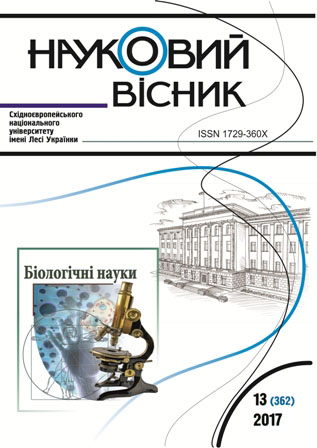Fatty Acids of the Bilberry (Vaccinium myrtillus L.) Oil
DOI:
https://doi.org/10.29038/2617-4723-2017-362-13-86-90Keywords:
bilberry, fatty acids, gas-liquid chromatographyAbstract
The bilberry bush is a relative of the blueberry and is native to many areas, including the Rocky Mountains and regions of Europe and Asia. Its berries and leaves have been used for medicinal purposes since the Middle Ages for a variety of conditions. Today, bilberry is used as a dietary supplement for cardiovascular conditions, diarrhea, urinary tract infections, eye problems, diabetes, and other conditions. Researchers are interested in bilberry in large part because its berries have a high concentration of antioxidants called anthocyanins, which some studies suggest may have health benefits. However there are other important substances contained in this plant. In these studies, we used blueberries collected in the Volyn region near the village of Krichevichi. From pure bilberry seeds (V. myrtillus), using n-hexane extraction, an oil of light yellow color with a refractive index of 1,4742 was obtained. The method of gas-liquid chromatography determined the fatty acid composition of the oil of bilberry seed. It has been established that the oil under study contains a high content of oleic (23,7 %), linoleic (38,1 %) and linolenic (31,1 %) acids. In minor quantities, blueberries contain palmitic (5,3 %), stearic (1,0 %) and myristic (0,7 %) acids.





